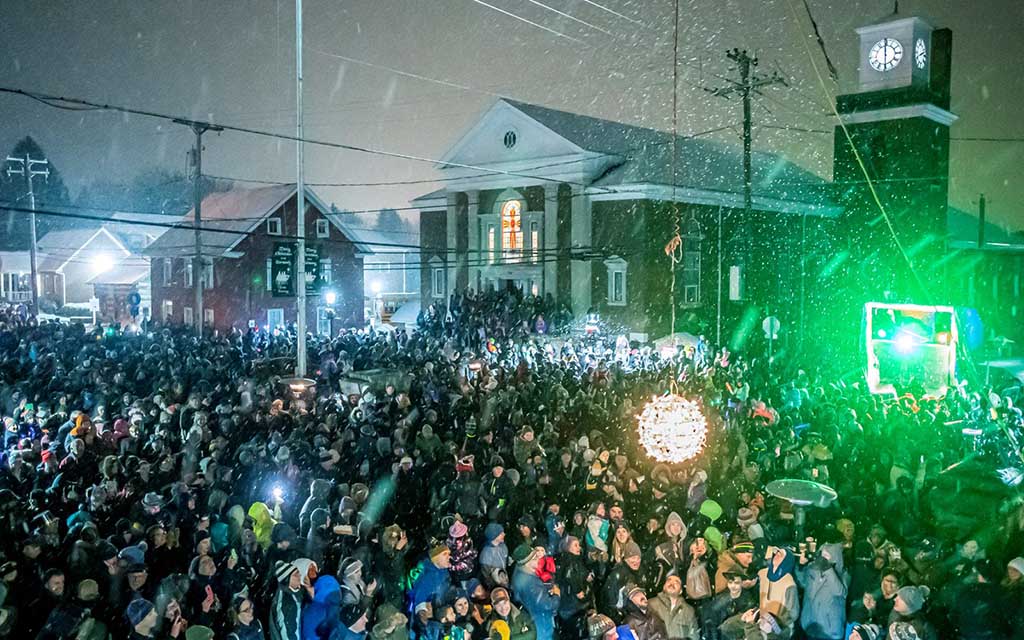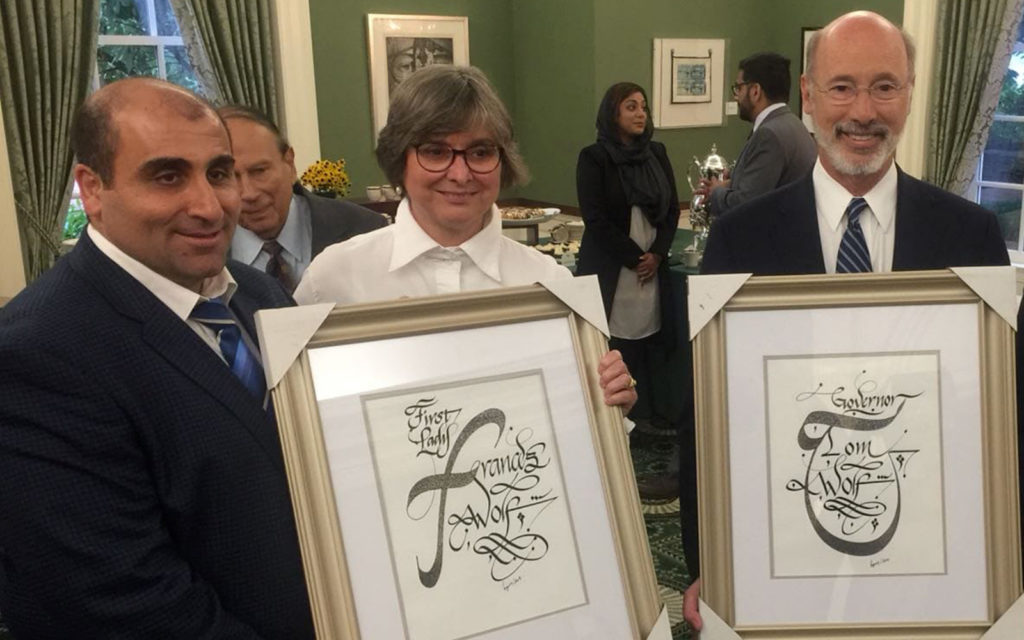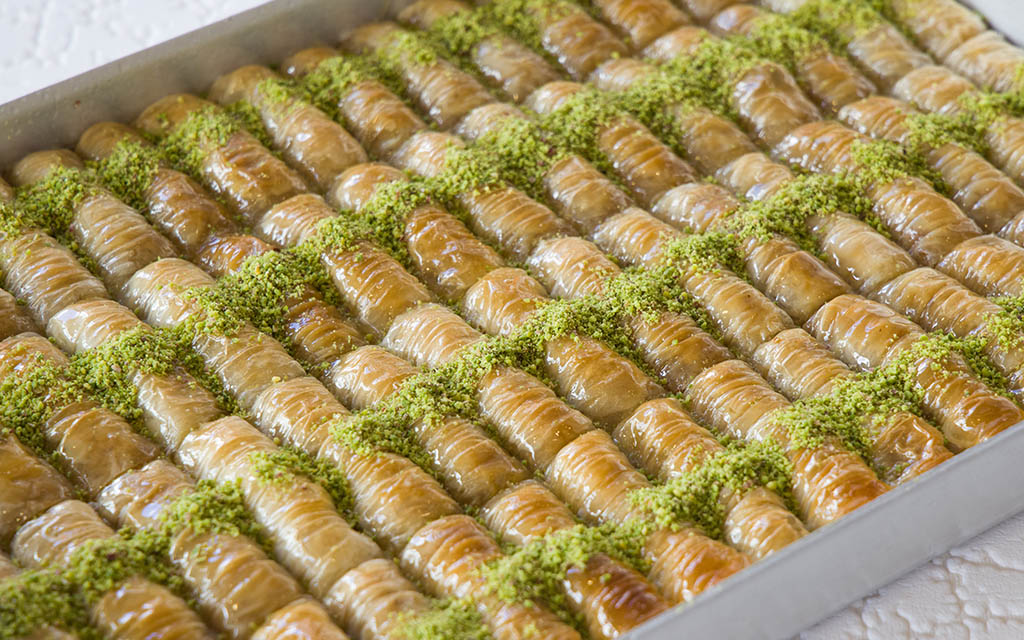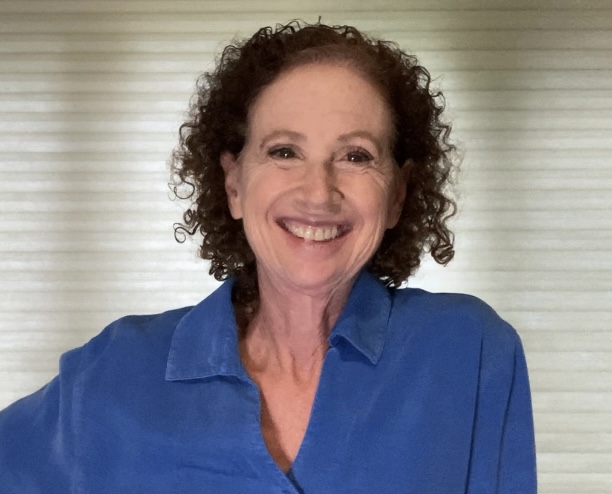
Heritage Highlights—Local Ways of Celebrating the New Year
Like so many others at this time of year, we are considering the past as we look toward what the new year will bring. For today’s Heritage Highlights story, we examine some popular local new year’s ethnic traditions and their origins, while welcoming a new perspective on this holiday’s traditions—that of the local Turkish community.
By Julie Silverman, Contributing Writer

In Harmony, fireworks go off at 6 p.m. after a countdown and ball drop, orchestrated by a local tree trimmer who donates the use of his bucket truck to lower a sparkling ball in the middle of the town square.
Embracing Long-Held Traditions
Pittsburgh is a city filled with shared traditions from the many communities that arrived here from other countries. Industry enticed immigrants to the three rivers area, and foods and customs of those who traveled here found their way into our kitchens and holiday traditions.
German traditions have sweetened the New Year’s Day breakfast with soft cinnamon pretzels topped with icing, glazes, fruits and sprinkles. In Pittsburgh, this good-luck pretzel is often eaten just after midnight for luck in the coming year. Perhaps the snack is eaten at midnight to make room for the hearty meal that takes center stage on New Year’s Day.
A tradition that began in Germany fills Pittsburgh homes with the pungent aroma of sauerkraut, and the savory smells of pork or kielbasa. Eating pork and sauerkraut is believed to bring luck and good fortune in the upcoming year. Pork symbolizes positive progress in the new year based on the fact that pigs move their snouts forward as they forage for food. Green cabbage represents money and good fortune, and finding long strands of cabbage in your sauerkraut portends long life.
A full German celebration takes place in the small town of Harmony, in Butler County. The Silvester New Year’s Eve celebration begins at 6:00 p.m., when clocks are striking midnight in Germany. Visitors from all around the area gather to participate in the festivities organized by the Harmony Museum and the Harmony Parks Board.
If you celebrate in the Irish tradition, you may find yourself banging bread on the walls and doors of your home. If you hadn’t baked fresh bread, pots, pans or wooden spoons will do. The noise will frighten away the bad spirits and bad luck and invite in the good spirits to protect the home in the upcoming year. Another Irish tradition is to begin the new year with a clean slate, symbolized by a clean home. And after midnight, you enter your home through the front door exit through the back door for good luck. Less about luck, and more about honoring those who are no longer present, many Irish families set an extra plate at the table on New Year’s Eve for their missing loved ones.

Artist Benjamin Aysan, seen here with former First Lady Frances Wolf and Governor Tom Wolf.
Celebrating in the Turkish Tradition
Given Pittsburgh’s demographics, which for much of its history has ranked German and Irish ancestry as the two most populous ethnic groups, it is not surprising that the aforementioned traditions have become commonplace. However, this got us thinking—how might some more recently arrived immigrant groups celebrate New Year’s Eve and New Year’s Day?
So, we looked to our friend and frequent collaborator Bunyamin Aysan to share Turkish cultural traditions around the holiday. The Turkish community is a relative newcomer to Pittsburgh and Bunyamin, who also goes by the name of Benjamin, took a moment before teaching an evening mosaics art class at the Turkish Cultural Center to discuss Turkish new year’s traditions. The Turkish Cultural Center located in Pittsburgh’s Banksville neighborhood. Benjamin is also the outreach coordinator for the Turkish Cultural Center’s City of Bridges Foundation, a facilitator of interfaith dialogue across the many cultures of Pittsburgh.
Turkish traditions for the new year include wearing something red at midnight to usher in good luck. In Turkish culture, pomegranates symbolize prosperity and luck, and by smashing and eating the seeds of a pomegranate, Turks hope to invite good fortune into their homes.
Benjamin talks about those in the Turkish community celebrating the new year in different ways. Some embrace more of the western culture’s festivities, some groups don’t celebrate at all, and some, like his family, mark the evening by gathering together and sharing of their expectations for the new year.
Within the Turkish community, speaking of hopes and dreams for the upcoming year becomes an important discussion. Each person takes a turn sharing their expectations. Benjamin says, “When you look to start the new year, you have new schedules, new programs, and you also have new hopes and new expectations.” Benjamin talks of checks and balances from year to year. “Maybe we can look at new relationships with our neighborhood,” he said, “We can look toward what we might have done wrong last year and then look at our expectations for the new year.” The tradition of asking each other what their prospects are for the upcoming year is shared among family, friends, and neighbors.
Part of the family celebration may be watching TV or listening to Turkish traditional music. There are many different types, from soft background music, Turkish cultural music, and Turkish art music. “Turkish traditional music depends on what you like,” Benjamin says. “Today the culture is mixed all around the globe. Kids listen to the music that is trending, like Taylor Swift and Lady Gaga.”
Gifts are a part of the Turkish new year tradition. Benjamin is careful to note these gifts are specifically for the new year, rather than for Christmas. Turkey is a primarily Muslim county, and Turkish-Americans do not typically celebrate Christmas. Benjamin says his children will drop hints for new year gifts, like a new computer or online games. Gifts are also exchanged with neighbors as foods are prepared and shared.

Turkish baklava, photo by Engin Akyurt.
Foodways Traditions
Eating with family members and with neighbor friends is part of the New Year’s Eve tradition. Dinner usually includes well known Turkish dishes from traditional Turkish cuisine, including kabobs, barbecue, and certainly Turkish pastries like borek, a pastry made of a thin flakey dough that may be filled with meat, cheese, spinach or potatoes.
A classic Turkish dinner would include soup, a main dish of meat or chicken, salads, and juice, like orange, apple, or lucky pomegranate juice.
In Turkish culture, a meal isn’t a meal without bread. Benjamin says, “So much bread! In Turkish culture, bread is very important. Turkish culture may be one of the most bread eating cultures on the globe. Oven breads and white breads. There are so many kinds of Turkish breads.” Leavened and unleavened breads, known as yufka, pide, bazlama, and the aforementioned borek are among the many breads found in Turkish culture.
Benjamin says that on special days, New Year’s Day being one, when you get together with your friends, the big Turkish dessert is baklava. “If you celebrate anything, you bring baklava,” he says. “Everyone is looking forward to baklava, it is so good. There are mainly two kinds of traditional baklava, pistachio, and the other is walnuts. Pistachio is the main one. Baklava is what we call ‘the king of the desserts’.” It’s not for every day, he says, just for special occasions.
In Turkey and around the world, fireworks lighting up the sky at midnight is another tradition. So here in Pittsburgh, Benjamin’s family and neighbors will often drive to view a fireworks display and count down together to midnight.
New Year’s festivities are more of a western tradition in Pittsburgh. As technology and social media make different traditions accessible around the world, traditions are shared and often adapted. Still, family and community remain the center of many Turkish celebrations as the calendar turns to January.
About Heritage Highlights
Rivers of Steel’s Heritage Arts program strives to represent the region’s diverse cultural heritage—from ethnic customs and industrial arts directly linked to the Heritage Area’s past to contemporary folk arts and cultural practices emerging from the region’s diverse urban and rural experiences. Usually passed down from person to person within close-knit communities, these traditions are as varied as they are unique, each representing another part of southwestern Pennsylvania’s rich ways of life.

Julie Silverman is a museum educator, tour facilitator, and storyteller of astronomy and history for various Pittsburgh area organizations, including Rivers of Steel. A Chatham University 2020 MFA graduate, her writing is most often found under the by-line of JL Silverman. Occasionally, under the name of Julia, she has been seen on TV.
If you’d like to read more of our Community Spotlight stories, click here.







